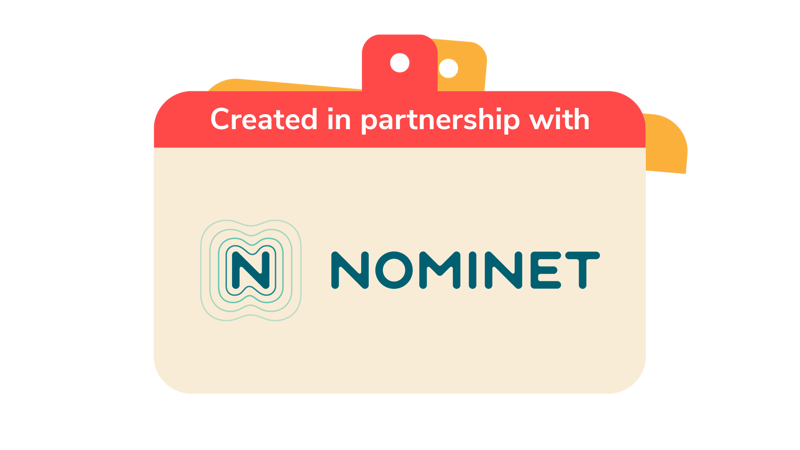
Don’t watch that, watch this
You’ll need
- Scrap paper
- Pens or pencils
- Camera or phone
- Devices with access to the internet
Before you begin
- In this activity, teams will test their digital skills and create a visual social media campaign encouraging people to take a fresh new look at what Scouts is all about today. This could be done as part of Build a brilliant campaign so that everyone understands the different steps involved.
- Don’t forget to check that everyone is happy to be filmed for the campaign video and you’ve got consent from parents, carers or guardians.
- The activity can be done in one session or over the course of several sessions.
- Check out some of our top tips for creating videos here.
- Pair this activity with Joined up thinking to meet requirement 5 of the Stage 3 Digital Citizen Staged Activity Badge and use a digital tool to help plan your movie.
What’s changed?
- Everyone should get going by talking about what they enjoy about being a Scout and what Scouts means to them. Talk about what’s changed and what’s stayed the same over the years, and all the activities they enjoy doing now.
- Make a list of things people sometimes say or think about Scouts that might be out of date.
Create a campaign
- Once teams have some information and ideas about the public perception and reality of Scouts, they should plan a short campaign for a social media platform.
- Everyone should decide if they want to make one short film or a series of very short clips or ‘stories’ to use.
- Teams should plan a storyboard of their film or films. Have a look at the information below to help you get started.
- Work together to appoint presenters, a director, camera operators and editors.
- Now that everyone has a plan, teams should film their social media campaigns. They could edit them together during your session, or take it away to edit between meetings.
What’s a storyboard?
All films and animations have a storyboard – think of it like a comic of your film. The drawings and notes help you plan the look and feel of your film. It also helps you plan each section so you don’t spend too long on one section and run out of time.
How to make a storyboard
- Create your own storyboard template by dividing a sheet of A4 paper into 6 equal sections, adding a smaller box in each section to make some notes.
- Use the squares to plan how different sections of the film will look and then draw the actual shot you want in the square.
- In the square underneath, add in detail or notes about what you want to achieve.
- Make sure there’s a variety of shots and that you add in any effects you want to use like slow motion or speeding up.
- Use pencil so you can make changes quickly and easily.
Need more help?
Look online for some storyboard examples. Find a storyboard of a film you’ve enjoyed and see how it compares with the finished film. Be aware that commercial film storyboards tend to be very detailed!
Don’t watch that, watch this!
- Hold a film night so everyone can watch each other’s finished films.
- The teams should talk together about whether their films accurately show what it means to be a Scout today, and whether the film is eye-catching and would appeal to people their own age.
- With permission, release the films or stories on the section’s social media platforms.
Reflection
This activity encouraged everyone to consider what works in a quick, visual social media campaign and how this can be used to focus on what it means to be a Scout in the 21st century. The person leading the activity should ask everyone about the challenges they may have faced, which might have been about working together creatively, technical issues, or about how to convey their message. Would anyone do anything differently next time, and why? Has it made anyone look at social media campaigns or adverts in a different way now that they know the work that’s needed behind the scenes? What sort of skills could they can use in other activities, both in and out of Scouts? Are there any other campaigns they’d approach in the same way? This could be drumming up business for an event or supporting a charity or appeal. Congratulate everyone on working together and creating their films.
Safety
All activities must be safely managed. You must complete a thorough risk assessment and take appropriate steps to reduce risk. Use the safety checklist to help you plan and risk assess your activity. Always get approval for the activity, and have suitable supervision and an InTouch process.
- Online safety
Supervise young people when they’re online and give them advice about staying safe. Take a look at our online safety or bullying guidance. The NSPCC offers more advice and guidance, too. If you want to know more about specific social networks and games, Childnet has information and safety tips for apps. You can also report anything that’s worried you online to the Child Exploitation and Online Protection Command. As always, if you’ve got concerns about a young person’s welfare, including their online experiences, follow the Yellow Card to make a report.
Keep the films under one minute or even thirty seconds to begin with.
Make sure that as many people as possible can access your films. Could people add captions, some sign language or even audio description?
All Scout activities should be inclusive and accessible.
Create a targeted campaign and monitor how people’s opinions change. For example, the teams could go back to the people they asked in the first section and find out if their opinions have changed. They could make a video targeted at parents and carers, or local business people.
